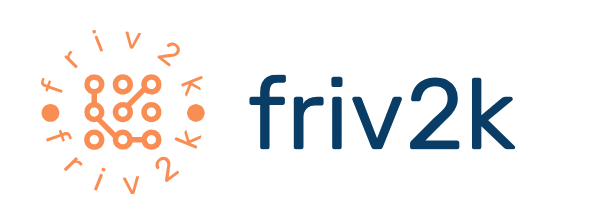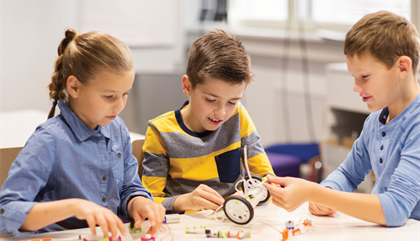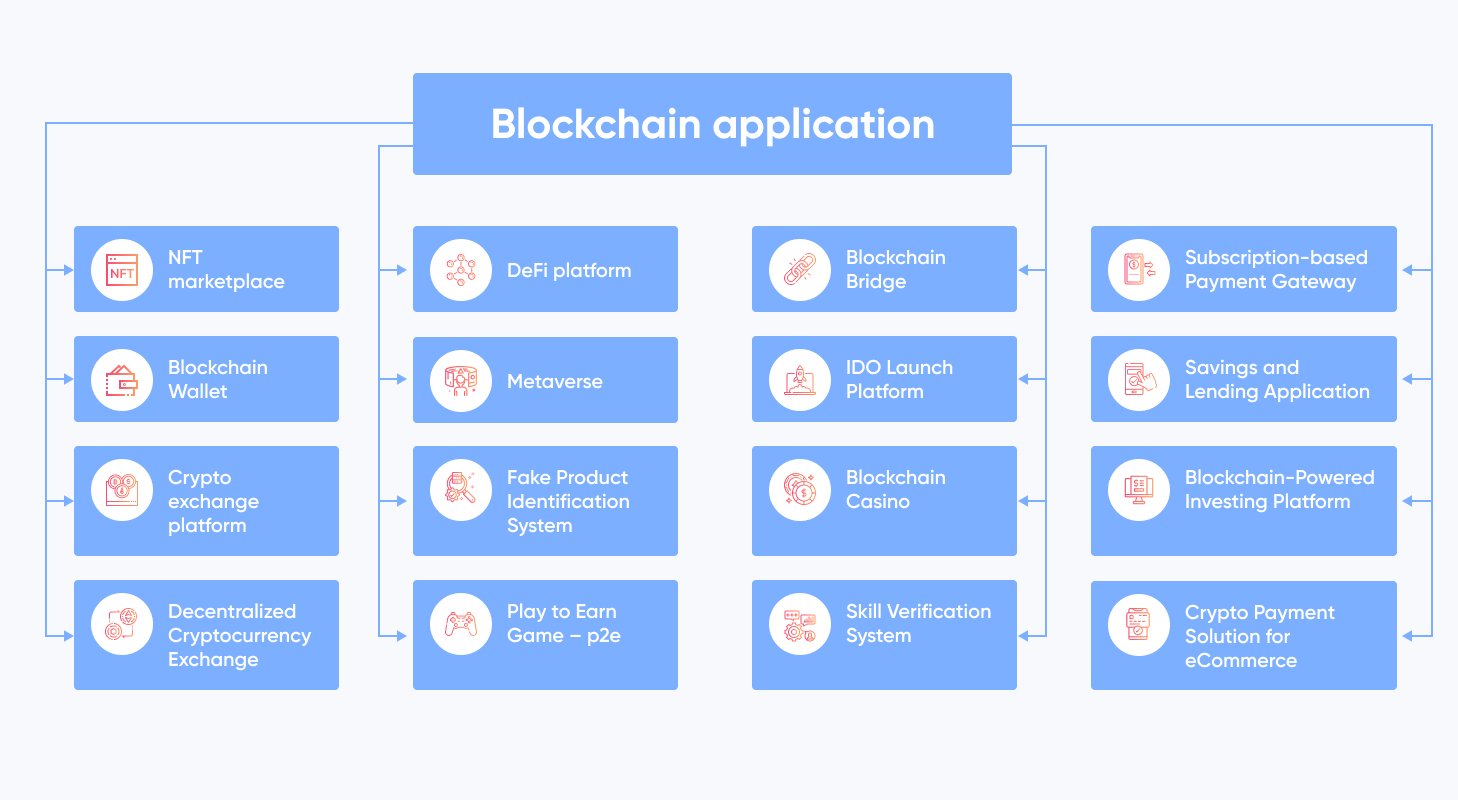
Introduction:
In the rapidly evolving landscape of education, Creative Coding for Children has emerged as a powerful tool to nurture young minds. This innovative approach not only introduces children to the world of coding but also sparks creativity and imagination through technology. Let’s delve into the realms of creative coding and explore how it shapes the learning journey for the youngest generation.
Fostering Creativity through Code:
Creative Coding for Children goes beyond the conventional methods of teaching programming. It introduces coding as a medium for artistic expression, allowing kids to unleash their creativity through code. By blending logic with imagination, children learn to create digital artworks, interactive stories, and more. This fusion of technology and creativity opens up a new world of possibilities.
Empowering Young Minds:
Coding is not just about learning a new skill; it’s about empowerment. Creative Coding for Children empowers young minds by giving them the tools to turn their ideas into reality. As kids see their code come to life in the form of animations, games, and interactive stories, they gain a sense of accomplishment and confidence in their abilities.
Building Problem-Solving Skills:
Coding inherently involves problem-solving, and Creative Coding for Children leverages this aspect to develop essential skills. Through coding challenges and projects, kids learn to analyze problems, break them down into manageable parts, and find creative solutions. These problem-solving skills extend beyond the coding environment, influencing various aspects of a child’s development.
Interactive Learning Environment:
The learning environment plays a crucial role in a child’s educational journey. Creative Coding for Children creates an interactive and engaging learning environment. Rather than passively absorbing information, kids actively participate in the learning process, making it a dynamic and enjoyable experience. This hands-on approach enhances understanding and retention.
Connecting Coding to Everyday Life:
Creative Coding for Children strives to make coding relevant to everyday life. By creating projects that reflect real-world scenarios, children understand the practical applications of coding. Whether it’s designing a game, telling a digital story, or simulating a science experiment, coding becomes a tangible and meaningful skill in their daily lives.
Preparing for the Future:
In an increasingly digital world, coding is a valuable skill for the future. Creative Coding for Children not only equips them with coding proficiency but also instills a forward-thinking mindset. As technology continues to advance, children exposed to creative coding are better prepared to navigate and contribute to the digital landscape of tomorrow.
Encouraging Collaboration and Communication:
Creative Coding for Children often involves collaborative projects, encouraging teamwork and communication. As kids work together on coding tasks, they learn to express their ideas, listen to others, and collectively bring their visions to life. These collaborative experiences contribute to the development of important social skills.
Cultivating a Love for Learning:
The fusion of creativity and technology in Creative Coding for Children cultivates a love for learning. As children see the exciting possibilities that coding offers, they become eager to explore, experiment, and learn more. This passion for learning becomes a lifelong asset, influencing their educational journey and beyond.
Creative Coding for Children: A Gateway to Digital Creativity:
In conclusion, Creative Coding for Children serves as a gateway to digital creativity, empowering young minds with the tools to innovate and express themselves. To embark on this exciting journey of learning and creativity, visit www.friv2k.com and explore the world of Creative Coding for Children. Unlock the potential of coding as a medium for imaginative expression and technological exploration.



